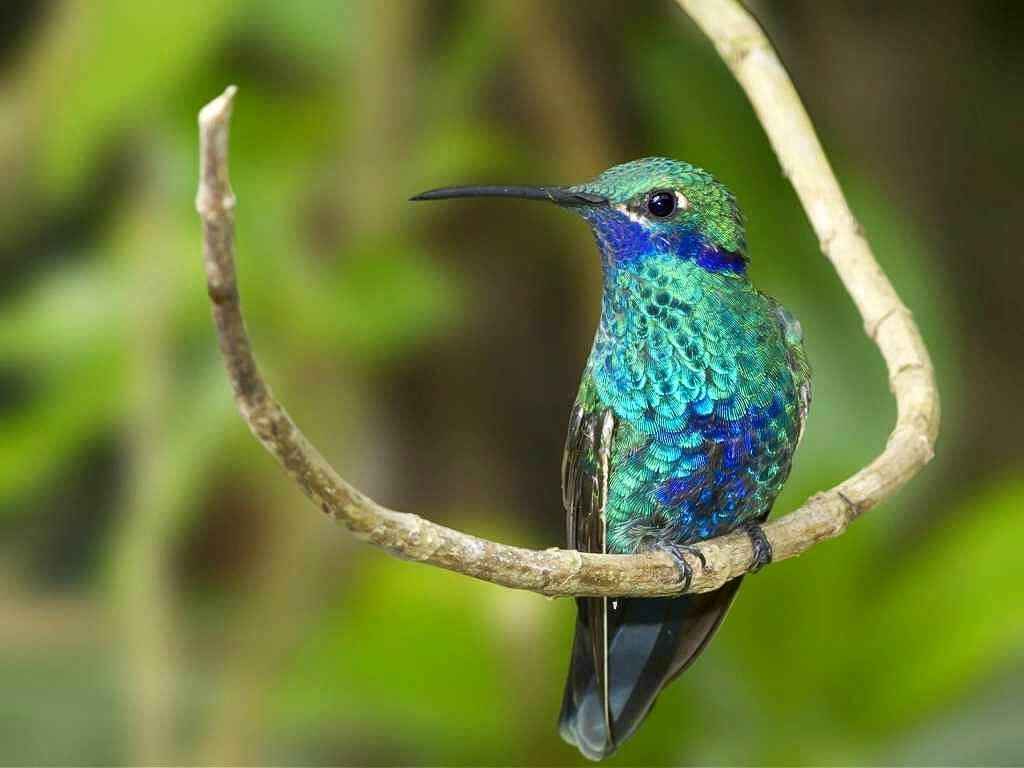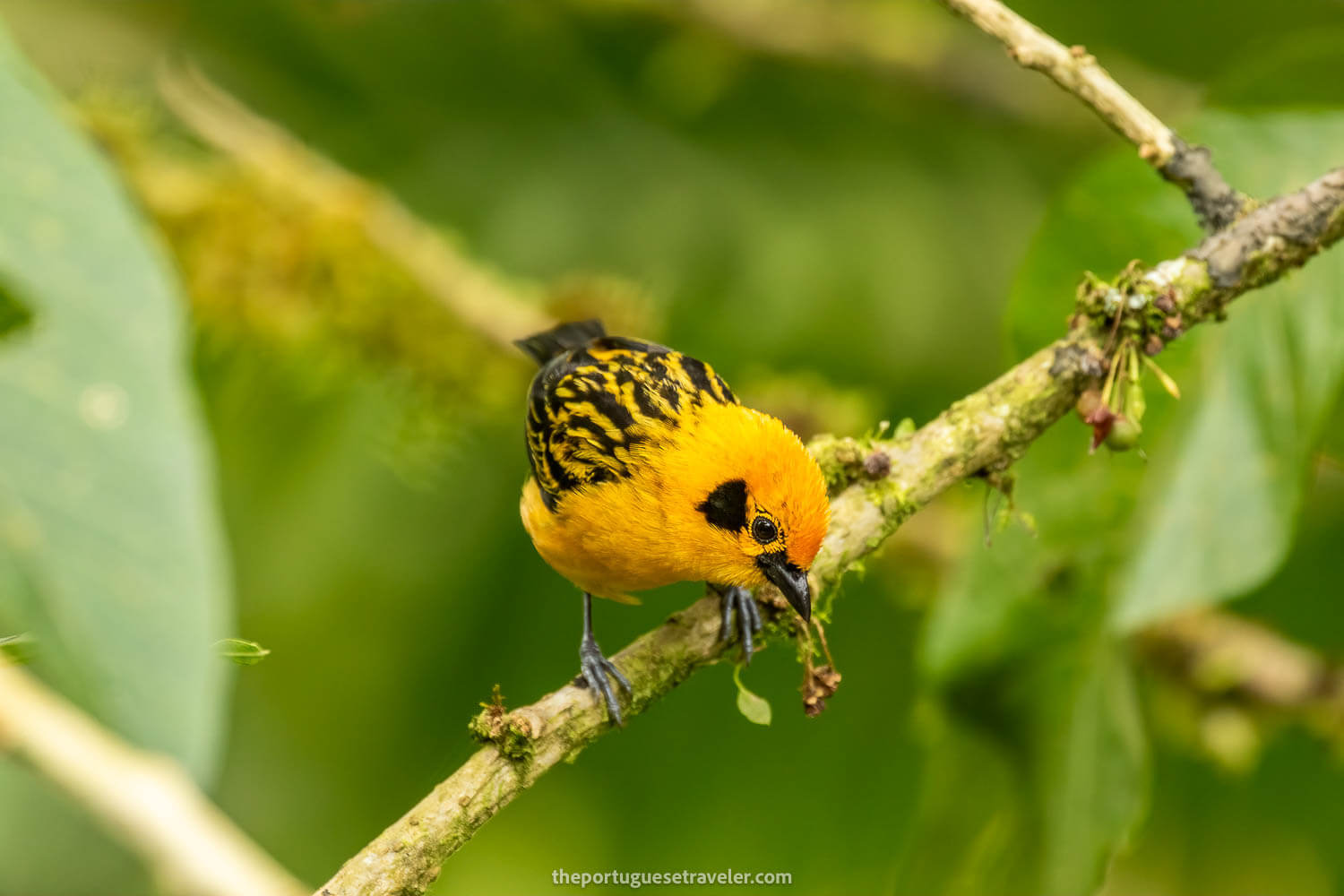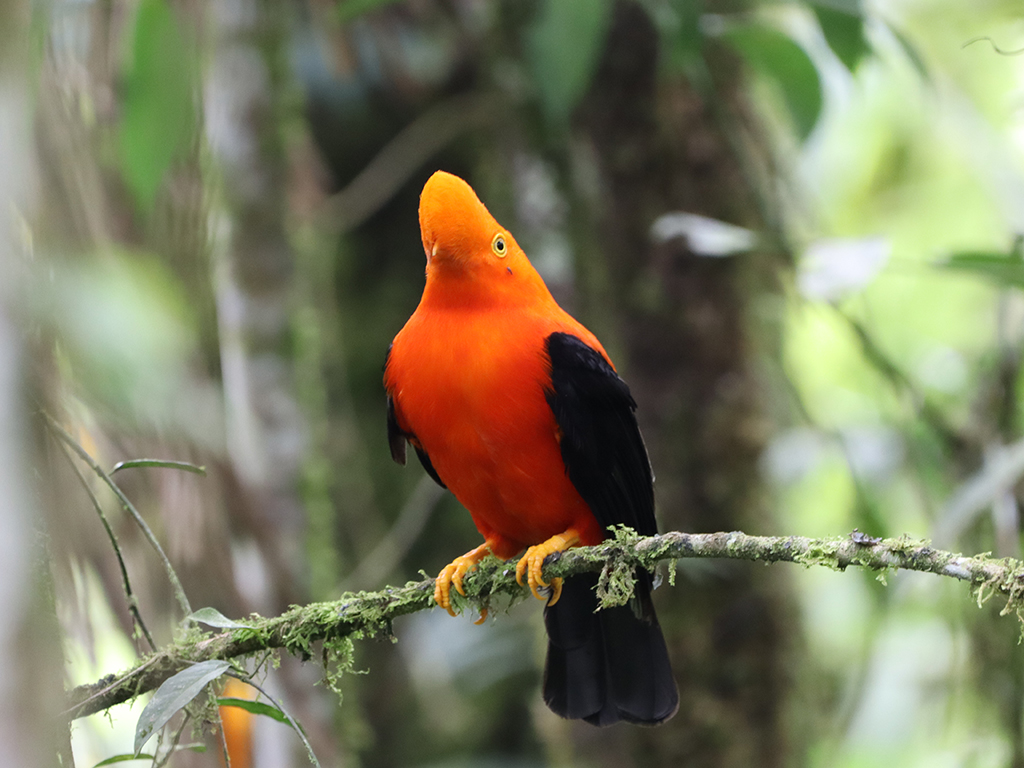Have you ever considered the thrill of observing birds in their natural habitat? The excitement of spotting a rare species or simply enjoying the beauty of a familiar one can create unforgettable experiences. If you’re looking for a perfect destination for bird watching, Ecuador might be just what you need.

This image is property of www.enchantedexpeditions.com.
Why Ecuador?
Ecuador is a paradise for bird watchers, boasting extraordinary biodiversity among its landscapes. Located on the equator, the country offers a variety of habitats, from lush rainforests to the towering Andes mountains and Galapagos Islands. With over 1,600 species of birds, including many endemic species, you’ll surely encounter something spectacular here.
Ecological Diversity
Ecuador’s topography and climate create an incredible range of ecosystems. Each region provides its own unique bird species, making the experience diverse and engaging.
- Rainforest: Home to over 600 species, including toucans and macaws.
- Andes Mountains: Features high-altitude birds like the Andean condor and various hummingbirds.
- Coastal Areas: Offers the chance to see shorebirds and seabirds, such as frigatebirds and pelicans.
- Galapagos Islands: Famous for its unique species, including the blue-footed booby and Darwin’s finches.
Best Bird Watching Locations in Ecuador
Finding the right spots can elevate your bird watching experience. Let’s break down some of the top locations where you can enjoy this delightful hobby.
Yasuni National Park
Located in the Amazon rainforest, Yasuni is an ecological gem. It is home to thousands of species, including around 600 bird species. Key birds to look for here include:
| Bird Species | Description |
|---|---|
| Hoatzin | Known for its unique appearance and clumsy flight. |
| Scarlet Macaw | Spectacular colors and large size. |
| Amazonian Parrot | Often seen in flocks, vibrant and sociable. |
Yasuni offers guided tours, making it easier for you to spot and identify various species.
Mindo Cloud Forest
Mindo attracts bird enthusiasts with its lush greenery and rich biodiversity. Notable birds here include:
| Bird Species | Description |
|---|---|
| Andean Cock-of-the-Rock | Stunning male with bright colors. |
| Purple-throated Mt. Gem | A hummingbird known for its iridescent beauty. |
| Yellow-breasted Antpitta | Rare to see; a real treat for bird watchers. |
Visiting Mindo is not just about watching birds; you can also indulge in hiking and experiencing the beauty of nature.
Cajas National Park
Near Cuenca, Cajas offers an entirely different landscape characterized by high-altitude wetlands. Here are some birds you might encounter:
| Bird Species | Description |
|---|---|
| Andean Condor | One of the largest flying birds in the world. |
| Giant Hummingbird | The largest hummingbird globally, known for its size. |
| Ecuadorian Hillstar | Found only in the high Andes. |
Hiking in Cajas while on the lookout for these majestic birds can be an exhilarating experience.
Galapagos Islands
The Galapagos is a bird watcher’s dream, known for its unique and endemic species. Birds to watch out for include:
| Bird Species | Description |
|---|---|
| Blue-footed Booby | Famous for its striking blue feet. |
| Galapagos Penguin | The only penguin species found north of the equator. |
| Darwin’s Finches | Important for understanding evolution. |
Visiting the Galapagos is an opportunity to witness the natural beauty of birds that inspired Charles Darwin.

This image is property of theportuguesetraveler.com.
When to Visit Ecuador for Bird Watching
Timing is important when it comes to bird watching. Ecuador has distinct seasons that affect bird activity and visibility.
Dry Season vs. Wet Season
- Dry Season (June to September): Ideal for visiting the mainland and the Andes. Birds are often more active and easier to spot.
- Wet Season (October to May): Offers a vibrant atmosphere with nesting and mating activities happening. This is particularly good for spotting migratory species.
Migratory Birds
If you’re specifically interested in migratory birds, consider planning your visit around their migration periods. Many species travel through Ecuador from North America during specific months.
Essential Gear for Bird Watching
Having the right gear can make a significant difference in your bird watching experience. Here’s what you’ll need:
Binoculars
Investing in a good pair of binoculars is crucial. Look for binoculars with:
- Magnification: 8x to 10x is ideal for bird watching.
- Field of View: A wide field allows you to track birds in flight more easily.
- Waterproofing: Essential for use in rainforests or if you’re caught in the rain.
Field Guide
A field guide tailored to Ecuadorian birds can enhance your experience. It helps you identify species you encounter and learn more about them.
Camera
If you love photography, bringing a camera with a good zoom lens allows you to capture incredible moments without disturbing the birds. Make sure to put in extra time for wildlife photography!
Notebook and Pens
Keeping a journal of your bird sightings can be rewarding. You can jot down notes about your experiences and document any unique behaviors.
Appropriate Clothing
Comfortable clothing suitable for different terrains and weather conditions is essential. Layers can help you adjust to changing climates throughout the day.
| Clothing Item | Purpose |
|---|---|
| Lightweight Rain Jacket | Protection from rain and humidity. |
| Sturdy Hiking Boots | Comfort for walking long distances. |
| Sun Hat | Protection from sun exposure. |

This image is property of birding-experience.com.
Etiquette in Bird Watching
As you immerse yourself in the wonders of bird watching, it’s essential to practice respectful and responsible behavior. Follow these guidelines to have a more enjoyable experience while protecting the environment.
Keep Distances
Maintaining a respectful distance from birds keeps you safe and prevents disturbing their natural behavior. Avoid getting too close, especially during nesting seasons.
Stay on Designated Paths
When walking in reserves and parks, stick to designated paths. This practice protects both the wildlife and the flora of the area.
Be Quiet
Birds are sensitive to sudden noises. Staying quiet increases your chances of spotting them and ensures that you don’t startle any nearby wildlife.
Leave No Trace
Pack out any trash you bring in. Practice “Leave No Trace” principles to minimize your impact on the environment.
Local Guides and Tours
Considering local guides can enhance your experience. They know the best spots for bird watching and can provide valuable insights.
Advantages of Hiring a Guide
| Advantage | Description |
|---|---|
| Knowledge of Species | Guides can identify species by sound and sight. |
| Insider Locations | Access to hidden gems not found in travel books. |
| Safety | Guides are familiar with the trails and can navigate hazards. |
You can find various tour companies offering guided bird watching tours that cater to all levels of expertise.

This image is property of www.oriolebirding.com.
Bird Conservation in Ecuador
Ecuador is home to numerous conservation efforts aimed at protecting its diverse bird species and habitats. Understanding these initiatives can enrich your bird watching experience.
Importance of Conservation
Birds play a vital role in ecosystems. They help pollinate plants, control pests, and contribute to seed dispersal. Protecting them is crucial for maintaining ecological balance.
Protected Areas
The government and nonprofits maintain several protected areas to safeguard habitats and species. Notable areas include:
| Protected Area | Description |
|---|---|
| Yasuni National Park | Rich in biodiversity, home to many endangered species. |
| Sumaco National Park | A hotspot for biodiversity and several unique bird species. |
By participating in bird watching in these areas, you’re contributing to conservation efforts simply by being there and supporting local economies.
Community Involvement
Supporting local communities is an excellent way to ensure the sustainability of bird watching activities. Engaging with local projects can enhance your experience while making a positive impact.
Eco-Lodges
Staying in eco-lodges helps fund local conservation efforts. Many lodges offer bird watching tours and other activities that support both the environment and the community.
Volunteer Opportunities
If you’re looking for a more in-depth experience, consider volunteering with conservation organizations. Your work can contribute to valuable research and habitat restoration.

This image is property of www.endlessriveradventures.com.
Resources for Birdwatchers
Utilizing available resources enhances your bird watching adventure. Here are some useful tools and references you can rely on.
Online Forums and Communities
Joining online forums for bird watchers can provide helpful tips and recommendations. Websites like Birdforum and local Facebook groups allow you to connect with fellow enthusiasts.
Birding Apps
With advancements in technology, several apps can assist you in identifying and recording birds. Some popular options include:
| App Name | Description |
|---|---|
| Merlin Bird ID | Helps identify bird species based on your location. |
| eBird | Enables you to log sightings and contribute to citizen science. |
| BirdNET | Analyzes bird sounds to help with identification. |
Guidebooks
Investing in birding guidebooks specific to Ecuador adds depth to your knowledge. Books such as “Field Guide to the Birds of Ecuador” by Eric S. H. J. C. O. Tenney are excellent options.
Conclusion
Bird watching in Ecuador is more than just a hobby; it’s an adventure filled with discovery. From the colorful toucans of the rainforest to the majestic condors soaring in the Andes, every moment spent in nature deepens your appreciation for wildlife. By considering the ideal locations, best times to visit, and how to be a responsible bird watcher, you’re setting yourself up for remarkable experiences.
So why not plan your trip to Ecuador? Grab your binoculars, pack your bag, and get ready for an incredible journey filled with feathered wonders. The skies of Ecuador await you, and they promise a world of beauty and thrill just waiting to be seen.

